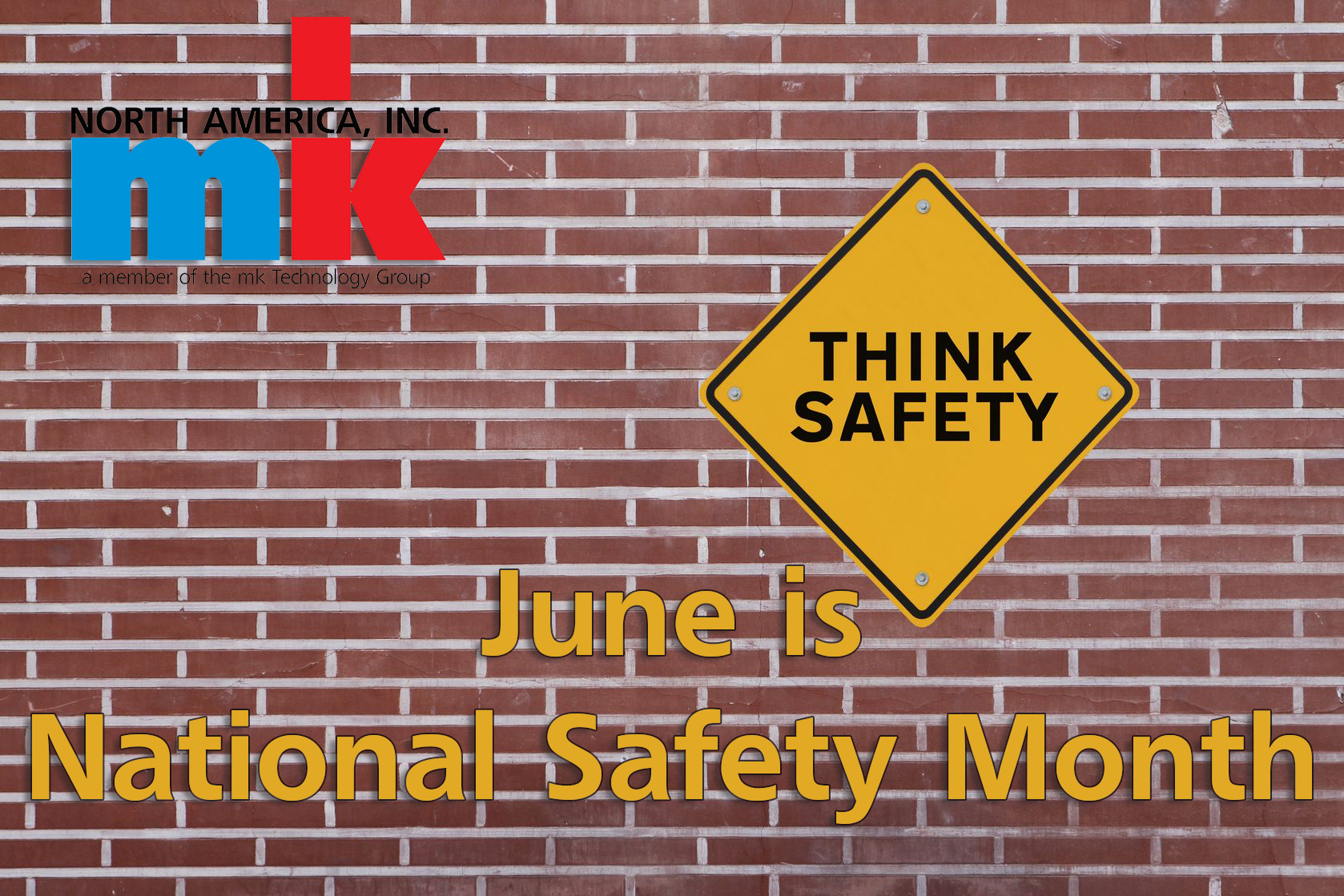Important Safety Tips for Factories and Industrial Workplaces
Posted on

June is National Safety Month.
According to the National Safety Council, almost 13,000 American workers are injured each day, resulting in as many in as many as 99,000,000 lost production days per year (no, that’s not a typo).
The most common causes of workplace injuries are overexertion, falls, and contact with objects and equipment, and three of the top five occupations with the greatest number of workplace injuries are shipping, manufacturing, and maintenance.
At mk North America, we recognize that many of the most at-risk occupations and activities in the country deal with material handling systems and conveyors every day. That’s why we take safety extremely seriously—in our own facility and in those of our partners and customers.
In the spirit of National Safety Month, here are some important safety tips for factories, shipping facilities, and other industrial workplaces.
Take Ergonomics Seriously
Preventing accidents is an important part of workplace safety, but not all harm to employees is the result of acute danger. The regular stresses of everyday work—whether it’s manual labor or sitting at a desk all day—take their toll over time.
Taking ergonomics seriously and giving workers the resources they need to work more comfortably and safely can prevent injuries as well as chronic musculoskeletal disorders such as carpal tunnel and herniated discs, which account for 30% of all workers’ compensation costs in the United States.
Keep Equipment Well Maintained
They say it’s a poor craftsman who blames their tools, but when it comes to modern industrial equipment that fact of the matter is that poor maintenance results in shoddy work and at-risk workers.
All equipment should be inspected, maintained, and repaired on a regular basis to prevent not just lost working time, but also catastrophic malfunction.
Use Proper Machine Guarding
OSHA, the government watchdog responsible for worker safety and rights in America, states that any “machine part, function, or process that may cause injury must be safeguarded.” For many machines and industries, this means keeping workers from getting struck by machines (the second most common cause of injury per the National Safety Council), caught in moving parts, or injured by projectiles or hazardous energy.
Machine guarding is any piece of infrastructure that adequately protects workers and their extremities, is securely fixed, does not present safety hazards of its own, and allows for easy equipment operation. Perimeter guarding and enclosures from mk North America can be good examples of OSHA-compliant machine guarding that protects workers from dangerous equipment.
Other possible safeguards could be emergency kill switches, handle guards on handheld appliances, and the use of proper lockout/tagout procedure during equipment maintenance.
Watch Your Step
Trips, slips, and falls remain the most common cause of workplace injury in numerous industries.
According to the NSC and the Canadian Center for Occupational Health and Safety, the following are the best ways to prevent slips and falls in the workplace:
- Clean up spills immediately.
- Use non-slip floor mats and encourage workers to wear comfortable, non-slip shoes.
- Keep walkways clear of clutter and debris.
- Make sure all work areas are well lighted at all times.
- When working at heights, use fall protection systems as specified by the manufacturer’s instructions.
- Be careful when positioning ladders.
- Encourage workers to be attentive at all times and walk at a comfortable, reasonable pace.
Conclusion
These are just some of the ways to help ensure the health and safety of employees in the workplace. Every business and industry is different, and specific safety requirements will vary.
Check with your local OSHA branch to learn more about safety regulations and best practices in your area, implement and enforce a strong safety program, keep detailed records, and think of safety as a on-going process rather than a periodic chore. Doing so won’t just make for few accidents and injuries in the workplace, but safer, happier, and more productive workers as well.
